At Sato Sakura Museum, Admire Cherry Blossoms All Year Round
In this Tokyo museum dedicated to the ‘nihonga’ art movement, this symbol of spring is represented on large canvases.
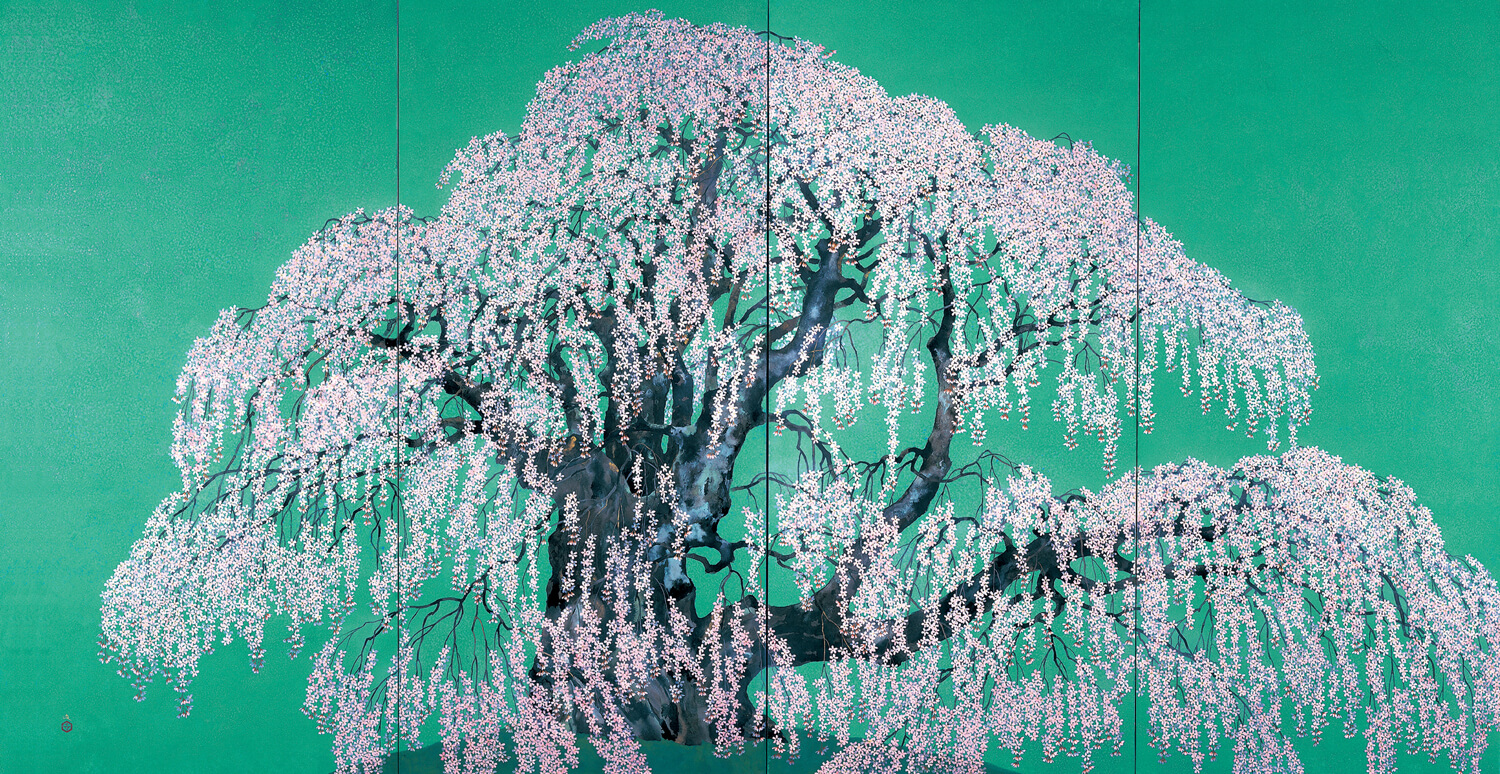
© Sato Sakura Museum
At the Meguro River in Tokyo, the bank is adorned with beautiful pinkish colours every spring, a sign that cherry blossoms have begun to bloom. This place, so popular with Tokyoites who gather here to celebrate hanami and admire the sakura, is also home to the Sato Sakura Museum. Opened in 2012, the little brother to the Sato Sakura Museum in Koriyama (Fukushima Prefecture) deserves a visit. Its façade, entirely black, stands out against the surrounding landscape.
Sakura, a favourite theme of traditional art
Inside, visitors will find traditional nihonga paintings. In addition to the museum’s four to five annual exhibitions, the second floor showcases a dozen large-scale canvases painted in the traditional aesthetic that pay tribute to the cherry blossoms, offering a visual consolation for those who visit Japan outside of the sakura flowering season.
This artistic movement, which emerged in the 1880s during the Meiji era, advocates Japanese art produced according to certain conventions and using traditional materials and techniques, but also borrows from Western art. Nihonga is still practised today by Japanese artists and is given a dedicated platform at the Sato Sakura Museum. Despite the traditional style of the paintings on display, which must be painted on wood, silk, or washi paper, their creators are all contemporary artists, born after the beginning of the Showa era (1926). In recognition of these talented artists, a satellite of the museum opened in New York in the form of a gallery in 2017.
More information on Sato Sakura Museum is available on its website.
Address: 1-7-13 Kamimeguro, Meguro, Tokyo, 153-0051
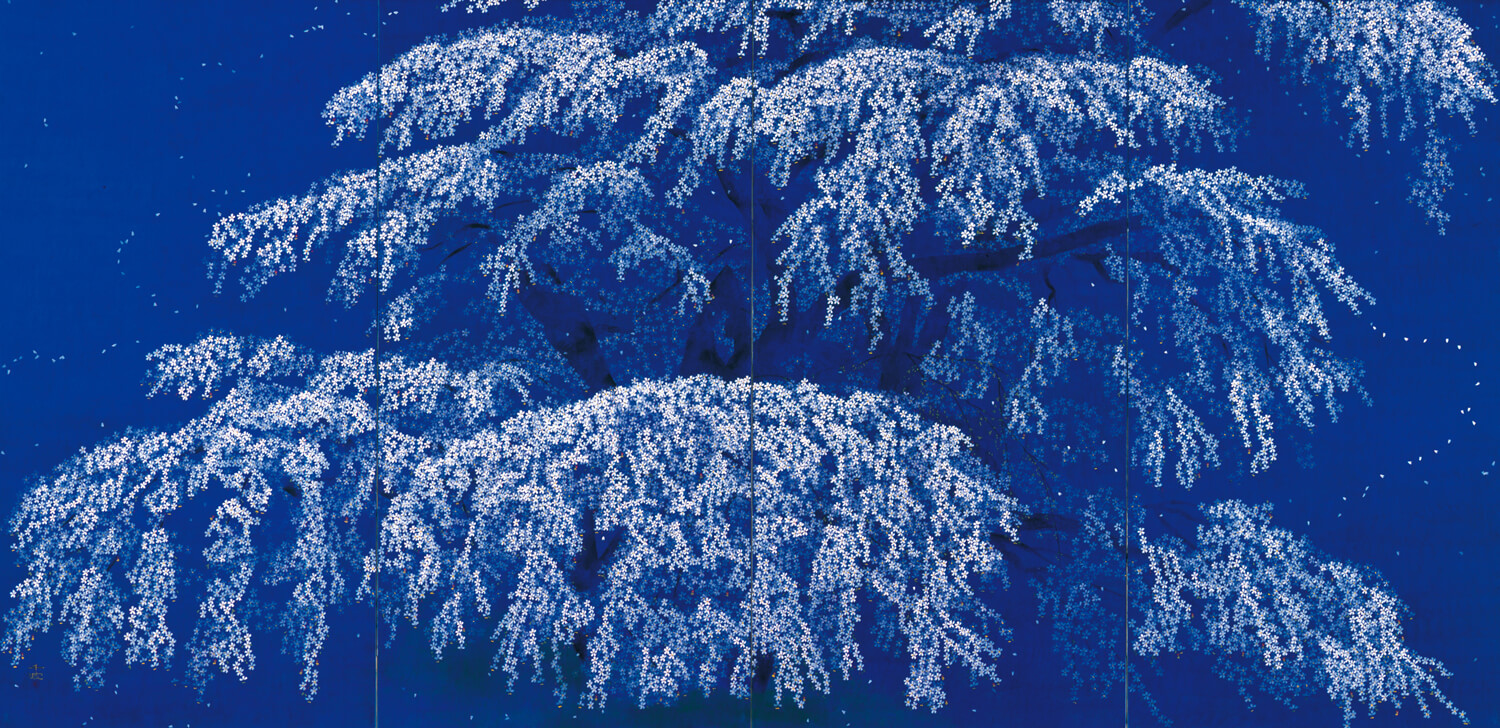
© Sato Sakura Museum
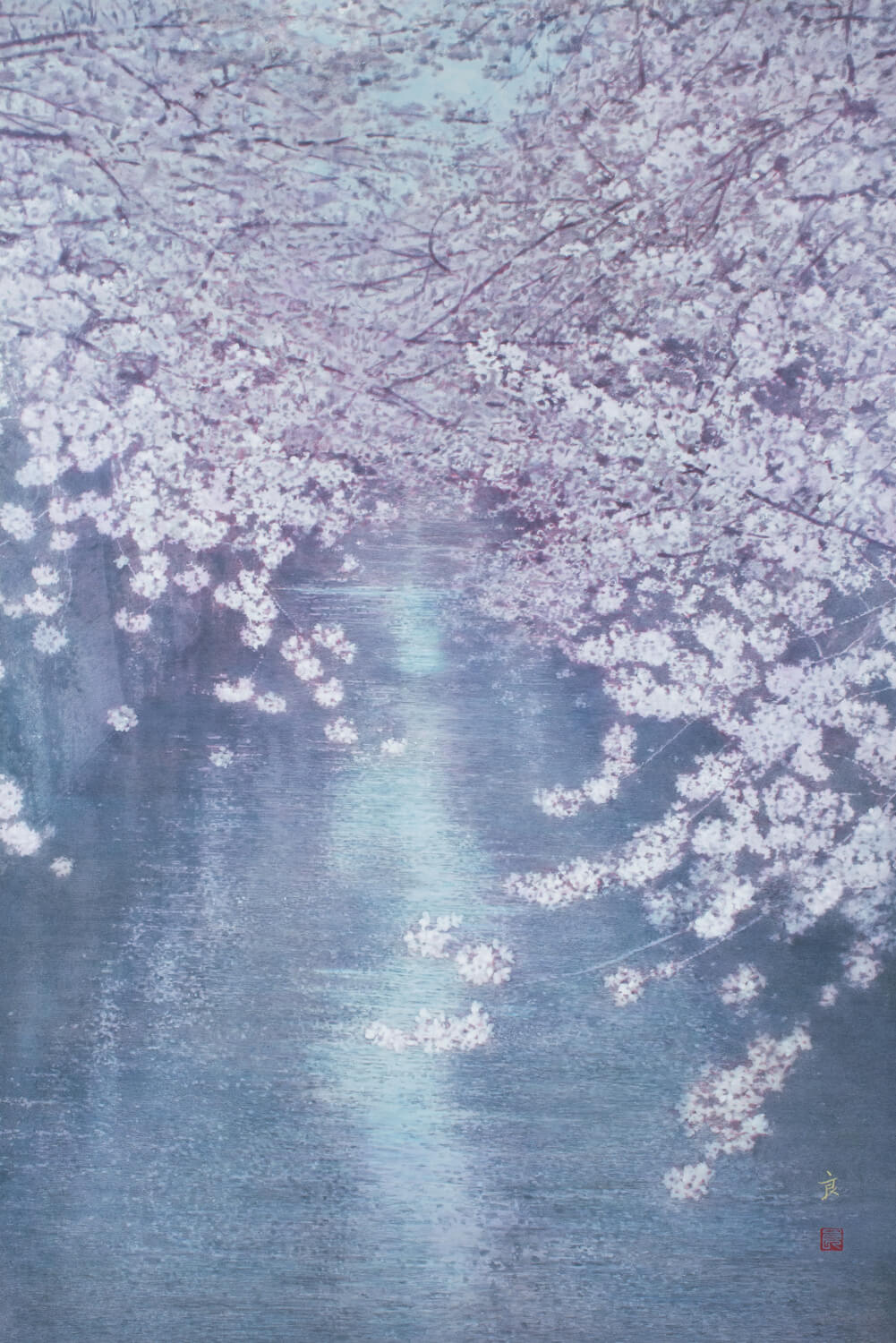
© Sato Sakura Museum
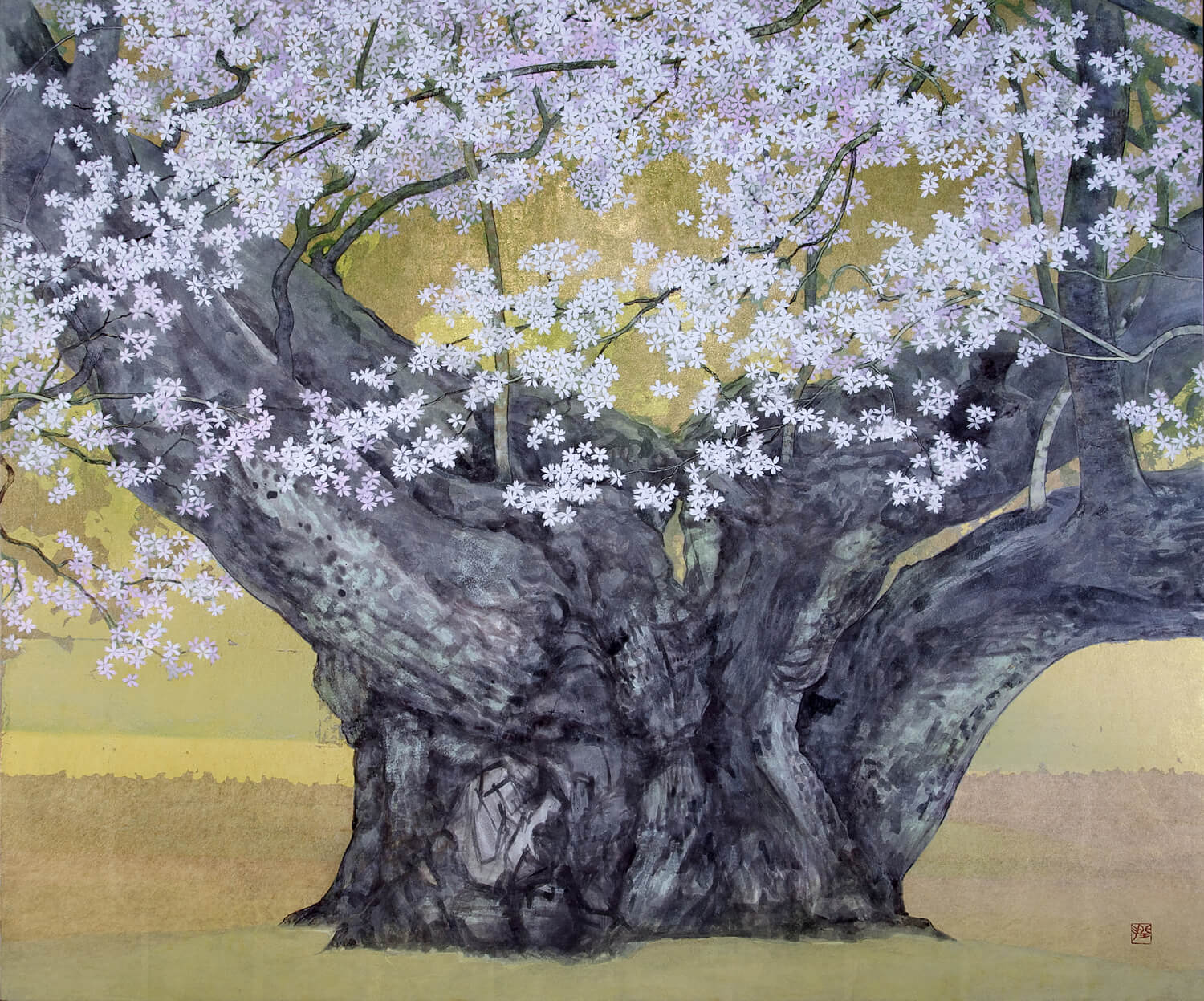
© Sato Sakura Museum
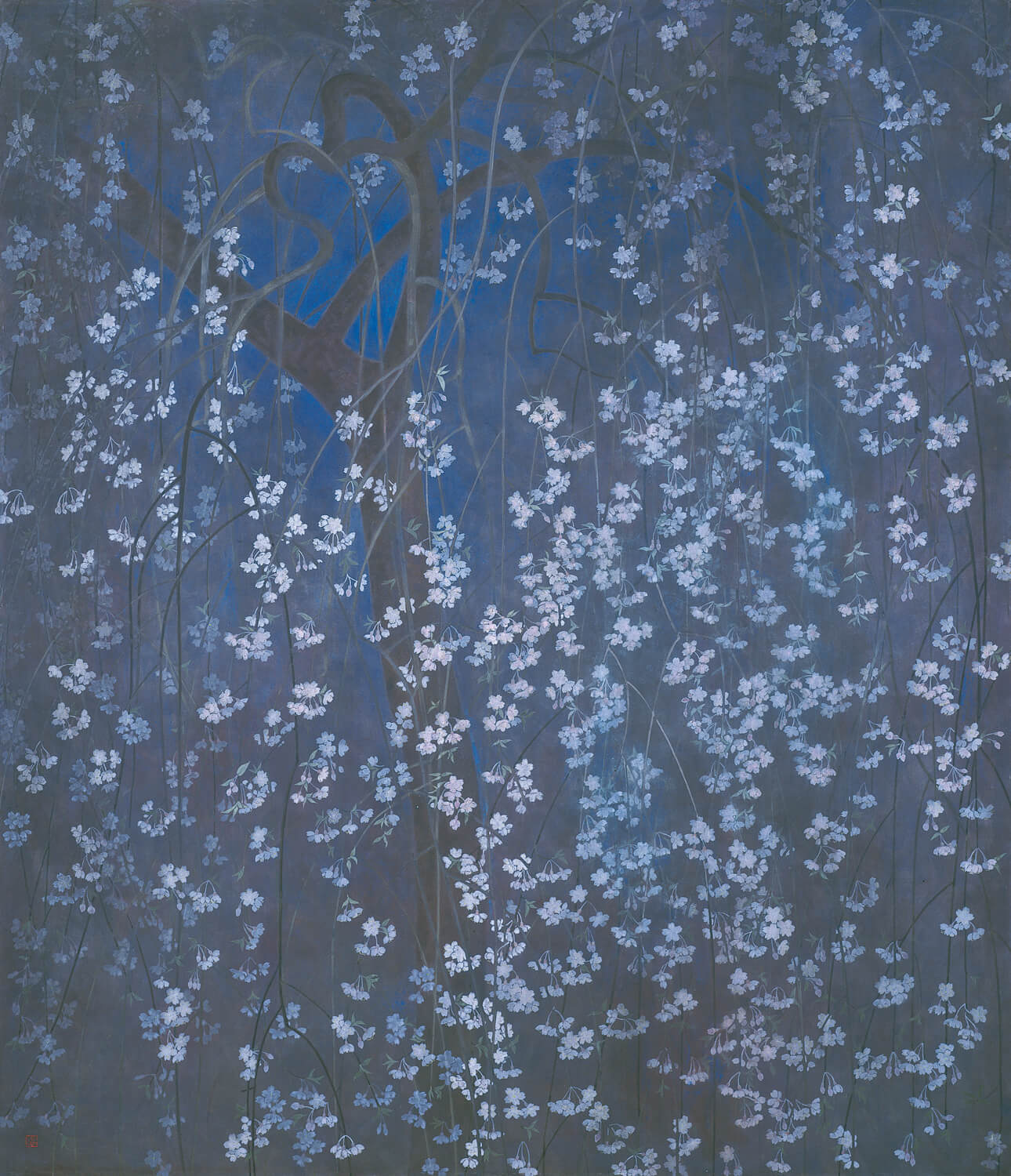
© Sato Sakura Museum
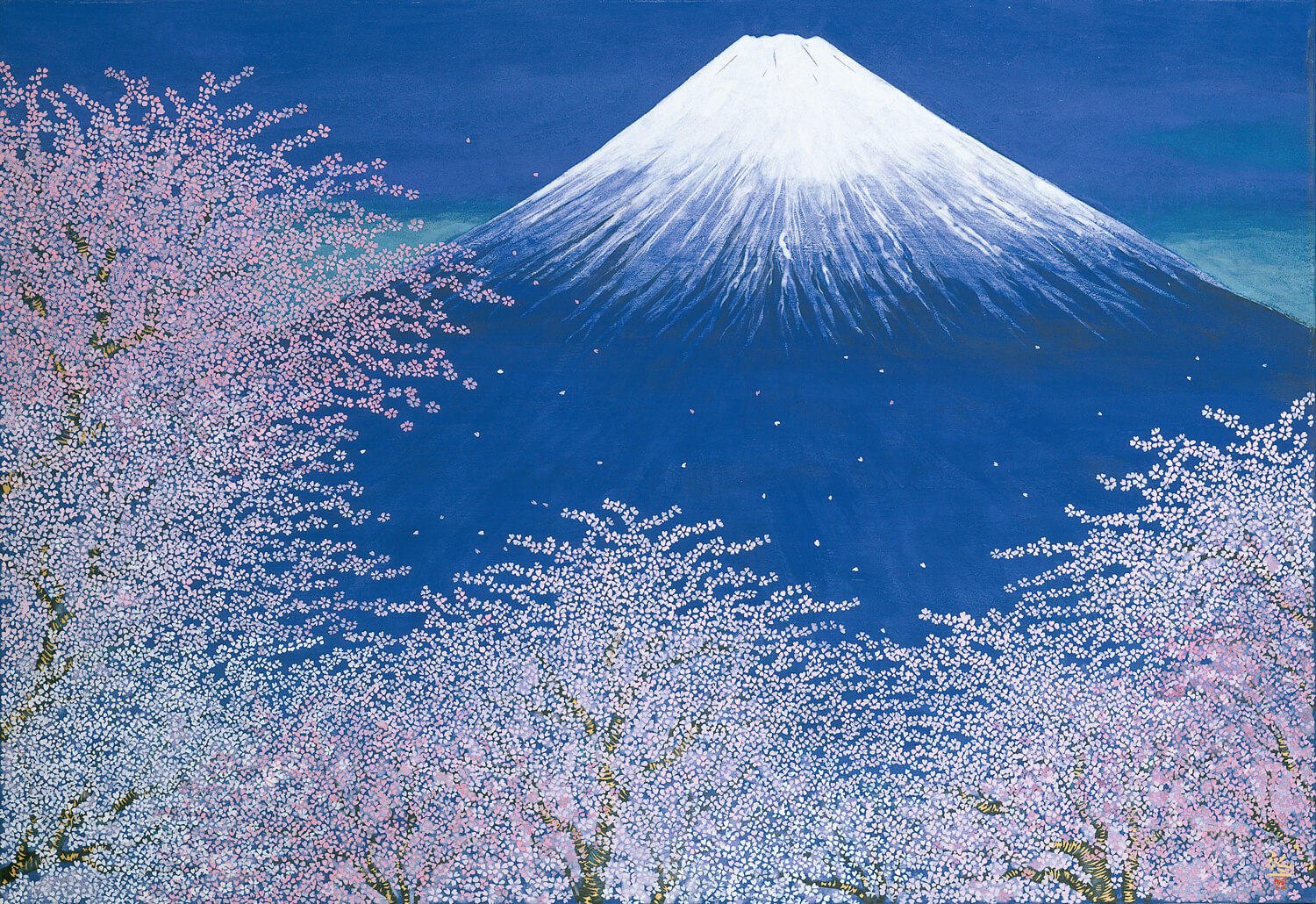
© Sato Sakura Museum
TRENDING
-
The Tattoos that Marked the Criminals of the Edo Period
Traditional tattoos were strong signifiers; murderers had head tattoos, while theft might result in an arm tattoo.

-
Paris, Tokyo: Robert Compagnon
With his co-chef and talented wife, Jessica Yang, Robert Compagnon opened one of the top new restaurants in Paris: Le Rigmarole.
 3:31
3:31 -
Chiharu Shiota, Red Threads of the Soul
Last year, more than 660,000 people visited the retrospective 'Chiharu Shiota: The Soul Trembles' exhibit at the Mori Art Museum.

-
‘Before Doubting Others, Doubt Yourself. Who Can Truly Say a Dish Isn’t What It Used to Be?’
In ‘A Non-Conformist’s Guide to Surviving Society’, author Satoshi Ogawa shares his strategies for navigating everyday life.

-
The Story of Sada Yacco, the Geisha who Bewitched Europe
Described by Dazed magazine as the first beauty influencer, she has been restored to her former glory since 2019.





